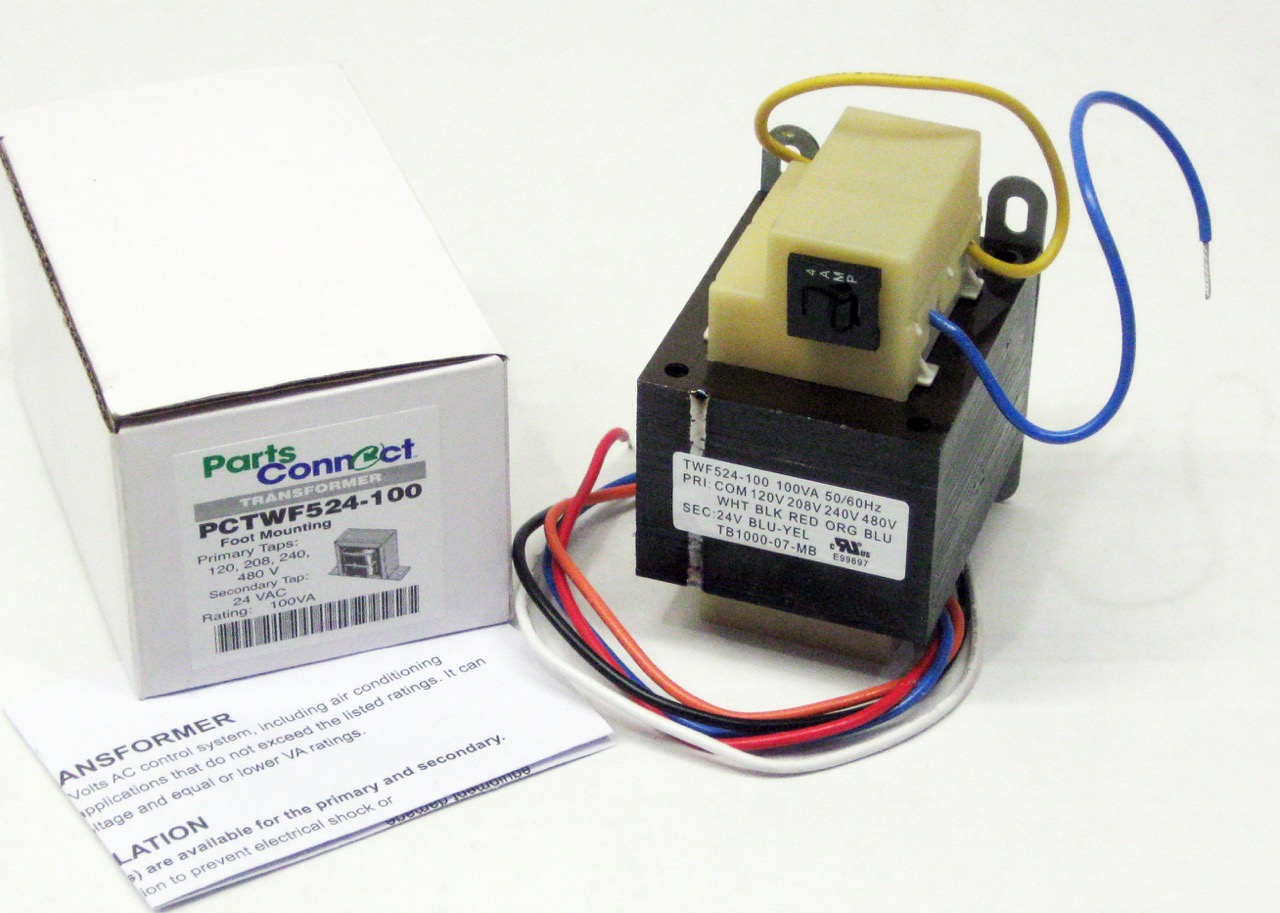

Articles
How To Test A Transformer HVAC
Modified: December 7, 2023
Learn how to test a transformer in your HVAC system with our informative articles. Gain insight and knowledge to troubleshoot and maintain your equipment effectively.
(Many of the links in this article redirect to a specific reviewed product. Your purchase of these products through affiliate links helps to generate commission for Storables.com, at no extra cost. Learn more)
Introduction
In the world of HVAC systems, transformers play a crucial role in ensuring the efficient and reliable operation of the equipment. A transformer is responsible for transforming the incoming voltage to the appropriate level required for the various components within the HVAC system.
However, like any other electrical component, transformers are susceptible to wear and tear over time. It is necessary to regularly test and inspect transformers to identify any potential issues and ensure optimal performance.
In this article, we will provide a comprehensive guide on how to test a transformer in an HVAC system. We will cover the necessary safety precautions, tools and equipment required, as well as a step-by-step process to effectively test the transformer.
By following this guide, HVAC technicians and DIY enthusiasts will be able to diagnose transformer issues and take appropriate measures to rectify them, thereby improving the overall efficiency and longevity of the HVAC system.
Key Takeaways:
- Regularly testing transformers in HVAC systems ensures optimal performance, prevents breakdowns, and extends equipment lifespan, contributing to improved energy efficiency and overall system reliability.
- Prioritizing safety, using the right tools, and following a systematic testing process are essential for accurately diagnosing transformer issues and maintaining a safe working environment.
Understanding Transformers in HVAC Systems
A transformer is an essential component in an HVAC system that helps regulate the voltage to ensure proper operation of various electrical devices. The primary function of a transformer is to step up or step down the voltage to meet the requirements of different components in the HVAC system.
The transformer consists of two coils: the primary coil and the secondary coil. The primary coil is connected to the power source and receives the incoming voltage. The secondary coil, on the other hand, is connected to the components that require a specific voltage level.
Transformers use electromagnetic induction to transfer electrical energy from one coil to another. When an alternating current (AC) flows through the primary coil, it generates a magnetic field. This magnetic field induces a voltage in the secondary coil based on the turns ratio, which determines the voltage conversion.
In HVAC systems, transformers are commonly used to step down the higher voltage from the main power supply to a lower voltage level that is suitable for controlling and powering various components. These components may include relays, contactors, control circuits, thermostats, and other electrical devices within the system.
Transformers can be classified based on their type of construction and voltage configuration. The most common types of transformers used in HVAC systems are the step-down transformers and the isolation transformers.
Step-down transformers are typically used to reduce the incoming voltage to a lower voltage level suitable for powering control circuits and low-voltage accessories. Isolation transformers, on the other hand, are designed to provide electrical isolation between the power source and the load, ensuring safety and protecting sensitive electronic equipment.
Understanding the role and importance of transformers in HVAC systems is vital for carrying out proper testing and maintenance procedures. By ensuring the transformers are functioning optimally, HVAC technicians can prevent electrical failures, improve system performance, and prolong the lifespan of the HVAC equipment.
Safety Precautions
When working with transformers in HVAC systems, it is crucial to prioritize safety to prevent accidents and ensure personal well-being. Here are some essential safety precautions to follow during the testing process:
- Turn off the power: Before starting any work, ensure that the power supply to the HVAC system is completely shut off. This will minimize the risk of electric shock or other electrical hazards.
- Wear personal protective equipment (PPE): Always wear the necessary PPE, such as safety glasses, gloves, and non-conductive footwear, to protect yourself from potential dangers.
- Use insulated tools: When working with transformers, use insulated tools to reduce the risk of electrical shock. Insulated tools are specially designed to provide an extra layer of protection against electric current.
- Check for exposed wires or damaged insulation: Inspect the transformer for any exposed wires or damaged insulation. If you notice any issues, do not proceed with the testing and consult a professional technician for assistance.
- Ensure proper grounding: Make sure that the transformer and other equipment are properly grounded to prevent electrical accidents. Consult the manufacturer’s guidelines or a qualified electrician for the correct grounding procedures.
- Avoid overloading: Do not overload the transformer by connecting loads that exceed its rated capacity. Overloading can cause overheating and potentially damage the transformer or other components.
- Follow manufacturer instructions: Always refer to the manufacturer’s instructions and guidelines for testing procedures specific to the transformer model you are working with. Following these instructions ensures accurate testing and prevents any unnecessary risks.
- Work in a well-ventilated area: Ensure proper ventilation when testing a transformer to prevent the accumulation of hazardous gases or fumes. If necessary, use a fan or work in an area with sufficient airflow.
- Have a fire extinguisher nearby: Keep a fire extinguisher readily accessible in case of an electrical fire. Familiarize yourself with its usage and ensure it is in good working condition.
- Seek professional assistance if unsure: If you are not confident in your ability to test the transformer safely or encounter any uncertainties during the process, it is best to seek help from a qualified HVAC technician or electrician.
By following these safety precautions, you can minimize the risks associated with testing transformers and ensure a safe working environment for yourself and others involved in the HVAC system maintenance.
When testing a transformer in HVAC systems, always ensure the power is off before beginning any tests to avoid the risk of electrical shock. Use a multimeter to check for continuity and proper voltage output.
Tools and Equipment Required
When testing a transformer in an HVAC system, having the right tools and equipment is essential for accurate diagnosis and reliable results. Here are some of the tools and equipment you will need:
- Digital Multimeter: A digital multimeter is a versatile tool used to measure voltage, current, and resistance. It is necessary for testing the output voltage of the transformer and checking for continuity.
- Insulation Resistance Tester: An insulation resistance tester, also known as a megger, is used to measure the insulation resistance of the transformer. This test helps identify any insulation breakdown or leakage that could affect the transformer’s performance.
- Clamp Meter: A clamp meter is used to measure current flow in wires without the need to disconnect them. It is useful for testing the transformer’s current output and identifying any abnormalities.
- Voltage Tester: A voltage tester is a simple and handy tool used to detect the presence of voltage in a circuit. It helps ensure that the transformer is not energized before starting the testing process.
- Safety Equipment: Personal protective equipment (PPE) is crucial during transformer testing. Safety glasses, gloves, and non-conductive footwear are essential to protect against electrical hazards.
- Test Leads and Probes: Test leads and probes are used to connect the testing equipment to the transformer. Ensure that they are in good condition and have the appropriate rating for the level of voltage being tested.
- Labels and Marking Tools: Labels and marking tools are useful for documenting the test results and labeling the connections or components for future reference.
- Inspection Mirror and Flashlight: An inspection mirror and flashlight are handy for visually inspecting the transformer, especially in hard-to-reach areas or dimly lit spaces.
- Reference Materials: Keep the manufacturer’s instructions, technical manuals, and reference materials specific to the transformer model handy. These resources provide guidelines for proper testing procedures and troubleshooting.
- Tool Bag or Toolbox: Organize and store all the tools and equipment in a tool bag or toolbox for easy access and portability.
Make sure to check the condition and calibration of the tools before starting the testing process. Properly maintaining and handling the tools and equipment will ensure accurate testing and reliable results.
Step-by-Step Guide to Testing a Transformer in HVAC
Testing a transformer in an HVAC system requires a systematic approach to ensure accurate results and minimize the risk of damage or injury. Follow these step-by-step instructions to effectively test a transformer:
- Turn off the power: Begin by shutting off the power supply to the HVAC system. This will prevent any electric shock or accidental activation of the transformer during the testing process.
- Wear PPE: Put on the necessary personal protective equipment (PPE) such as safety glasses, gloves, and non-conductive footwear to ensure your safety.
- Inspect the transformer: Visually inspect the transformer for any physical damage, loose connections, or signs of overheating. If any issues are found, consult a professional technician for further assessment and repairs.
- Test the primary winding: Using a digital multimeter, set it to AC voltage mode and connect the meter leads to the primary winding terminals. It should measure the voltage level as per the transformer’s specifications.
- Test the secondary winding: Connect the digital multimeter leads to the secondary winding terminals. Measure the voltage output, ensuring it matches the desired voltage specified by the transformer.
- Check for continuity: Set the digital multimeter to the continuity or resistance mode and test for continuity across the primary and secondary windings. If there is continuity, the transformer is functioning properly.
- Perform insulation resistance test: Use an insulation resistance tester (megger) to measure the insulation resistance of the transformer. Follow the manufacturer’s instructions to ensure accurate testing.
- Monitor temperature: During the testing process, keep an eye on the temperature of the transformer. Excessive heat indicates a potential issue and requires further investigation by a professional technician.
- Record and analyze the results: Document all the test results, including voltage measurements, continuity values, and insulation resistance readings. Compare the results with the transformer’s specifications and refer to reference materials for analysis.
- Make necessary repairs or adjustments: If any issues or abnormalities are detected during the testing process, consult a professional technician for further assessment and necessary repairs or adjustments.
- Restore power: Once you have completed the testing and any required repairs, restore power to the HVAC system and ensure it is functioning correctly.
Remember to follow safety precautions, refer to the manufacturer’s instructions, and seek professional assistance if needed. Regularly testing transformers in HVAC systems ensures their proper functioning and contributes to the overall efficiency and reliability of the system.
Read more: How To Test HVAC Capacitor
Conclusion
Testing a transformer in an HVAC system is a crucial maintenance task that helps ensure the efficient and reliable operation of the equipment. By following the step-by-step guide outlined in this article, you can effectively test a transformer and identify any potential issues that may affect its performance.
Understanding the role of transformers in HVAC systems, as well as implementing the necessary safety precautions, is essential for a successful testing process. By turning off the power, wearing appropriate personal protective equipment (PPE), and using insulated tools, you can minimize the risk of accidents and protect yourself from electrical hazards.
The tools and equipment required for transformer testing, such as a digital multimeter, insulation resistance tester, clamp meter, and voltage tester, play a crucial role in obtaining accurate results. It is important to ensure that these tools are in good condition and properly calibrated for reliable measurements.
Through a systematic approach, including testing the primary and secondary windings, checking for continuity, and performing insulation resistance tests, you can thoroughly evaluate the transformer’s functionality. Monitoring the temperature during testing also provides valuable insight into any potential overheating issues.
By recording and analyzing the test results, you can compare them with the transformer’s specifications and identify any deviations or abnormalities. This information helps determine whether further repairs or adjustments are necessary to maintain optimal performance.
Regular testing of transformers in HVAC systems is crucial for ensuring their proper functioning and extending the lifespan of the equipment. By identifying and addressing any potential issues early on, you can prevent costly breakdowns, improve energy efficiency, and enhance the comfort and performance of the HVAC system as a whole.
Remember, if you have any doubts or encounter complex issues during the testing process, it is always recommended to seek assistance from a qualified HVAC technician or electrician. With proper testing and maintenance, transformers in HVAC systems can continue to perform reliably and effectively for years to come.
Frequently Asked Questions about How To Test A Transformer HVAC
Was this page helpful?
At Storables.com, we guarantee accurate and reliable information. Our content, validated by Expert Board Contributors, is crafted following stringent Editorial Policies. We're committed to providing you with well-researched, expert-backed insights for all your informational needs.
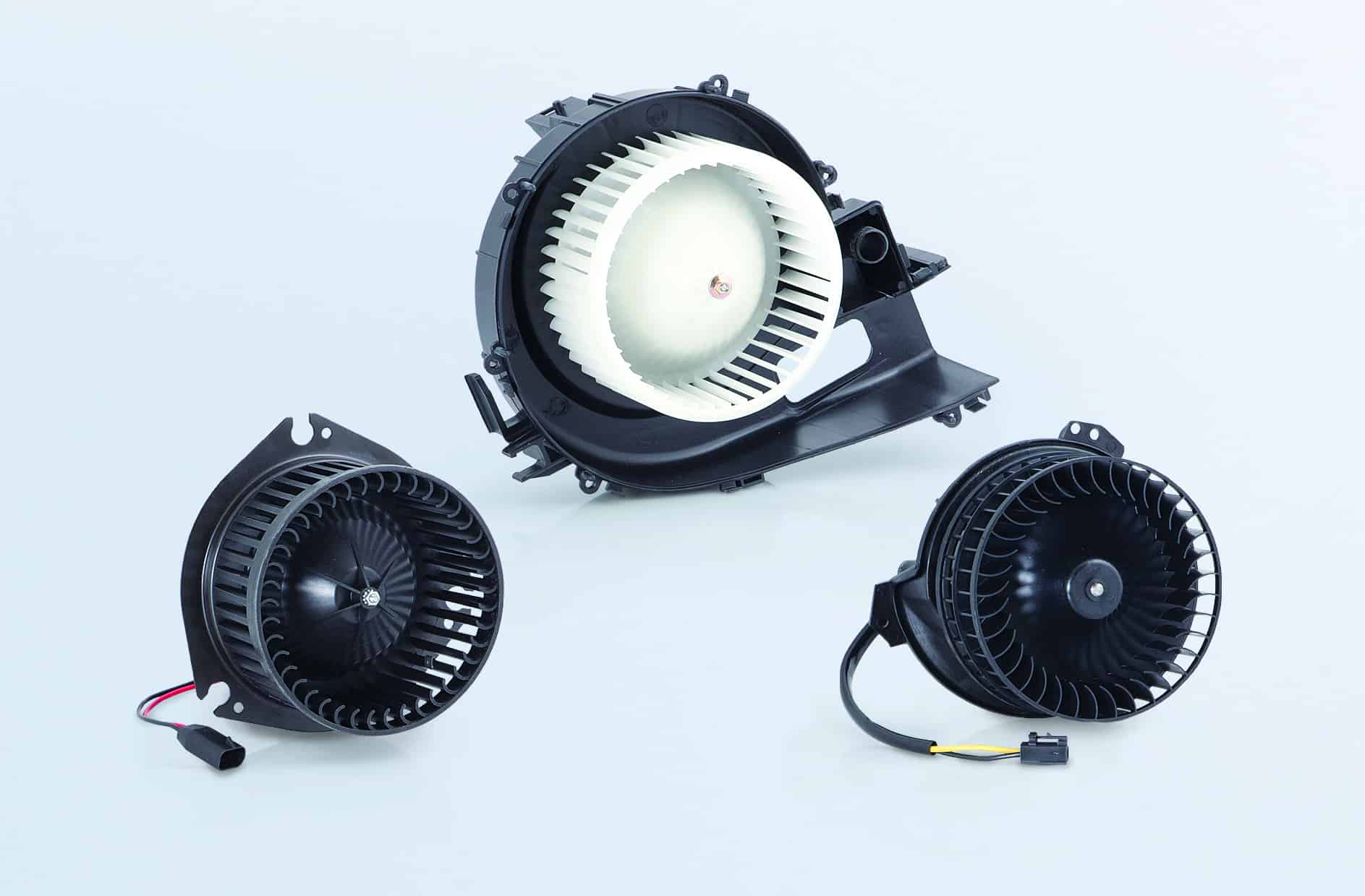
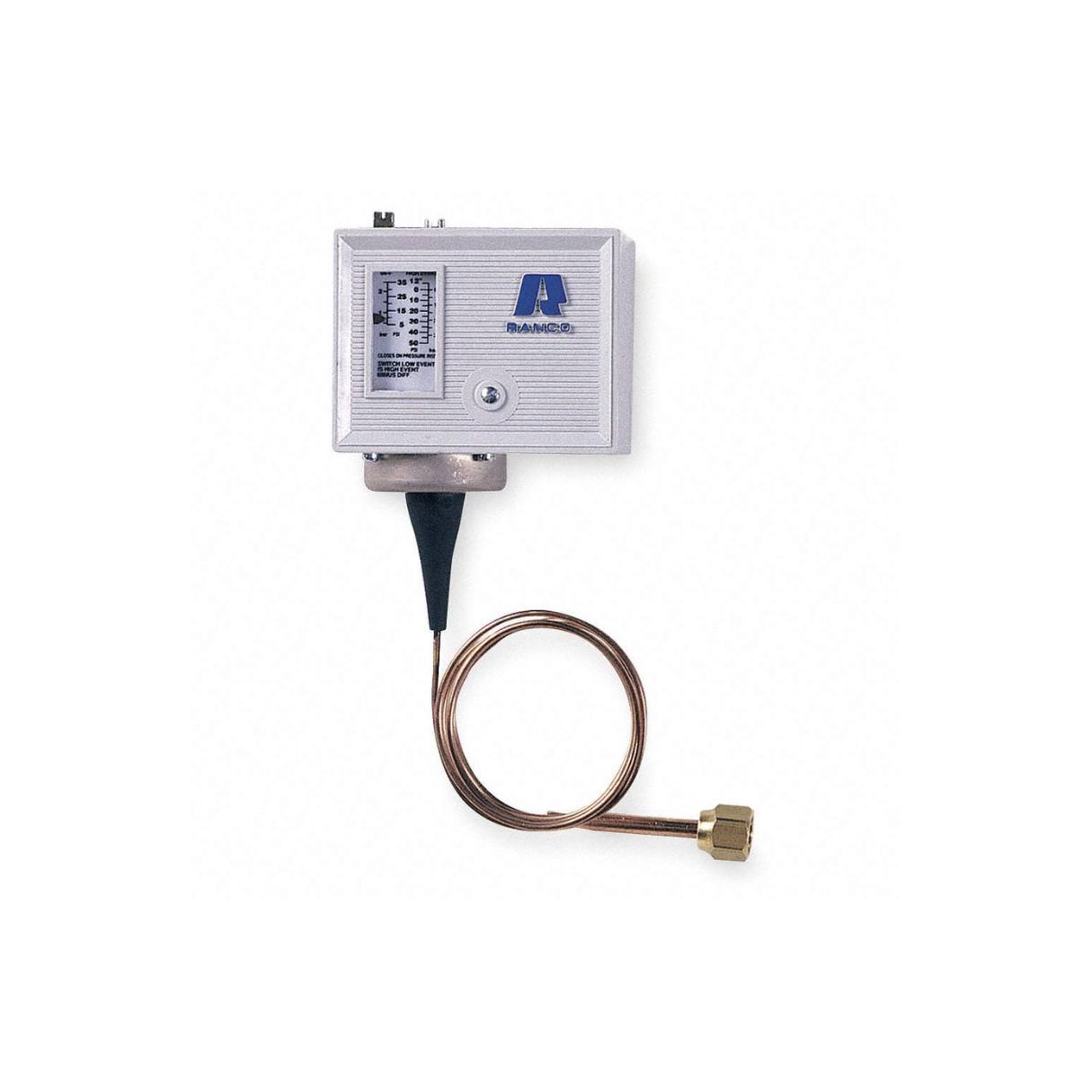
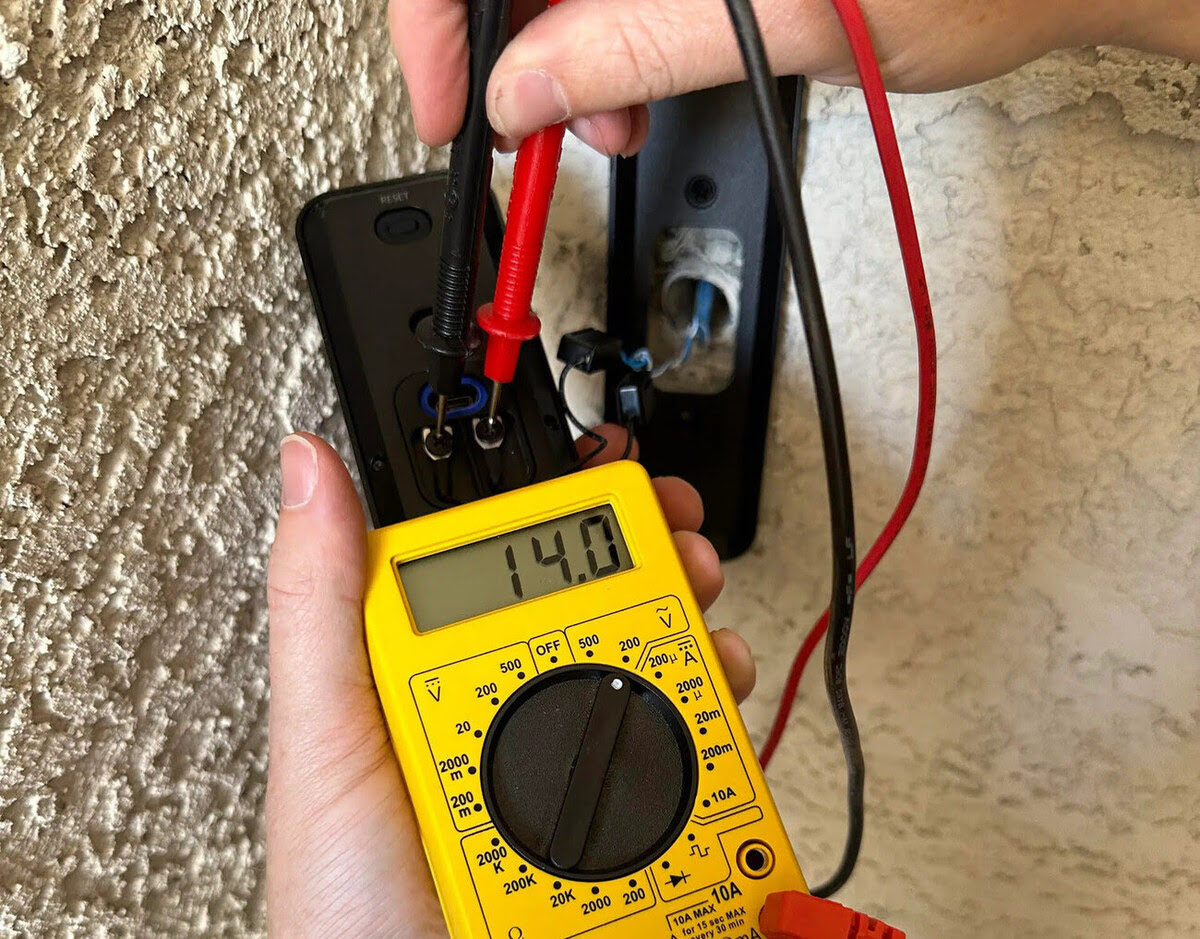
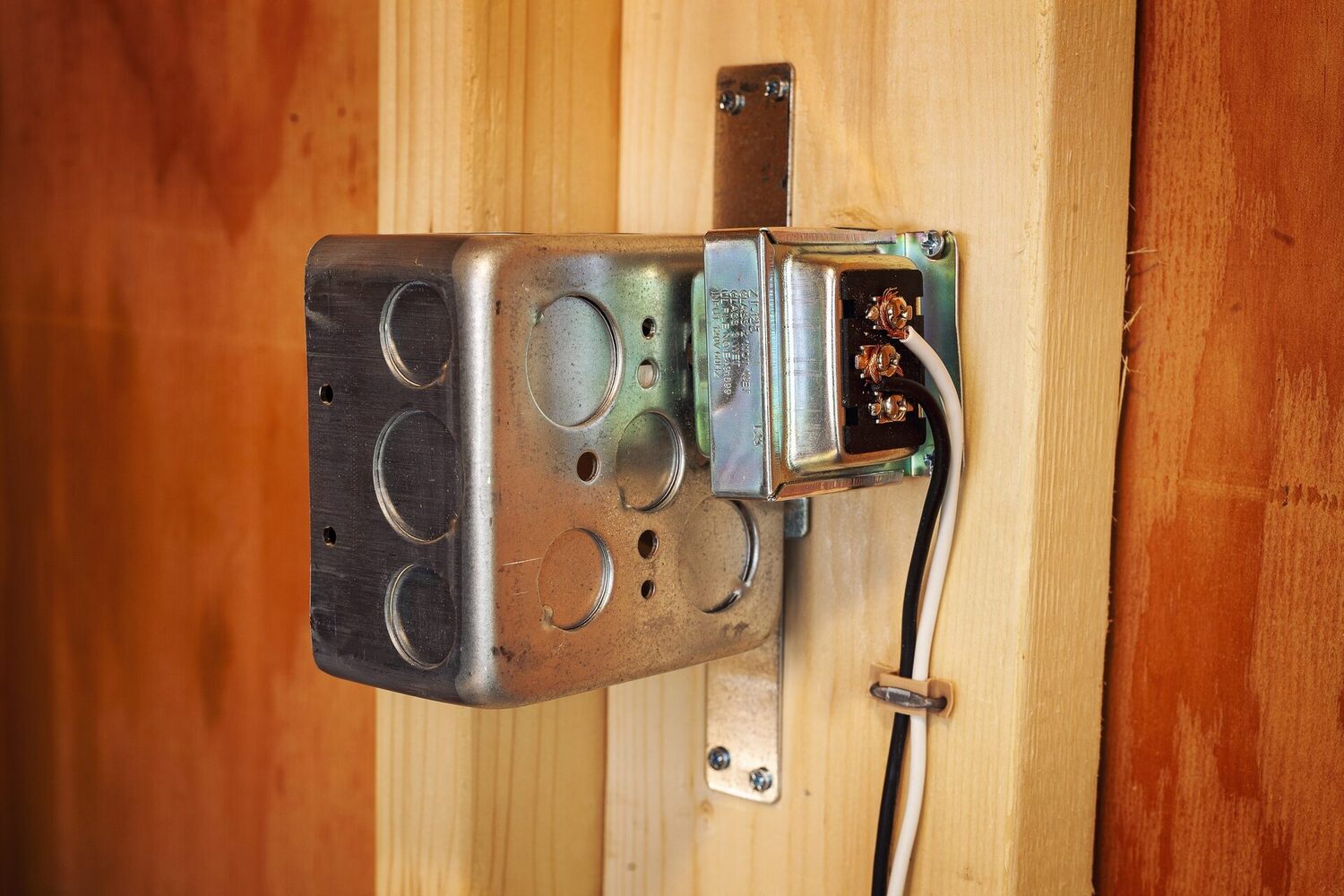
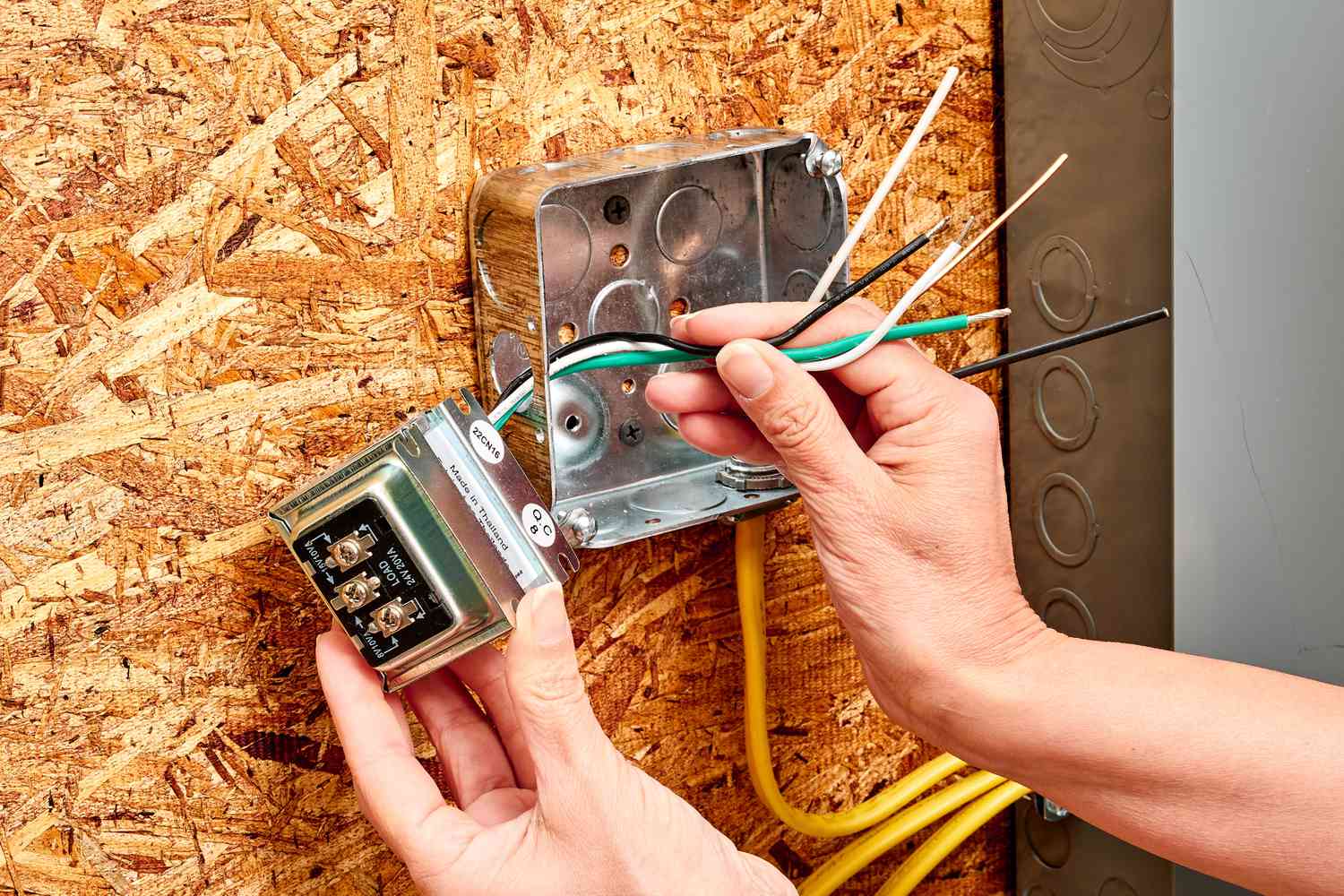



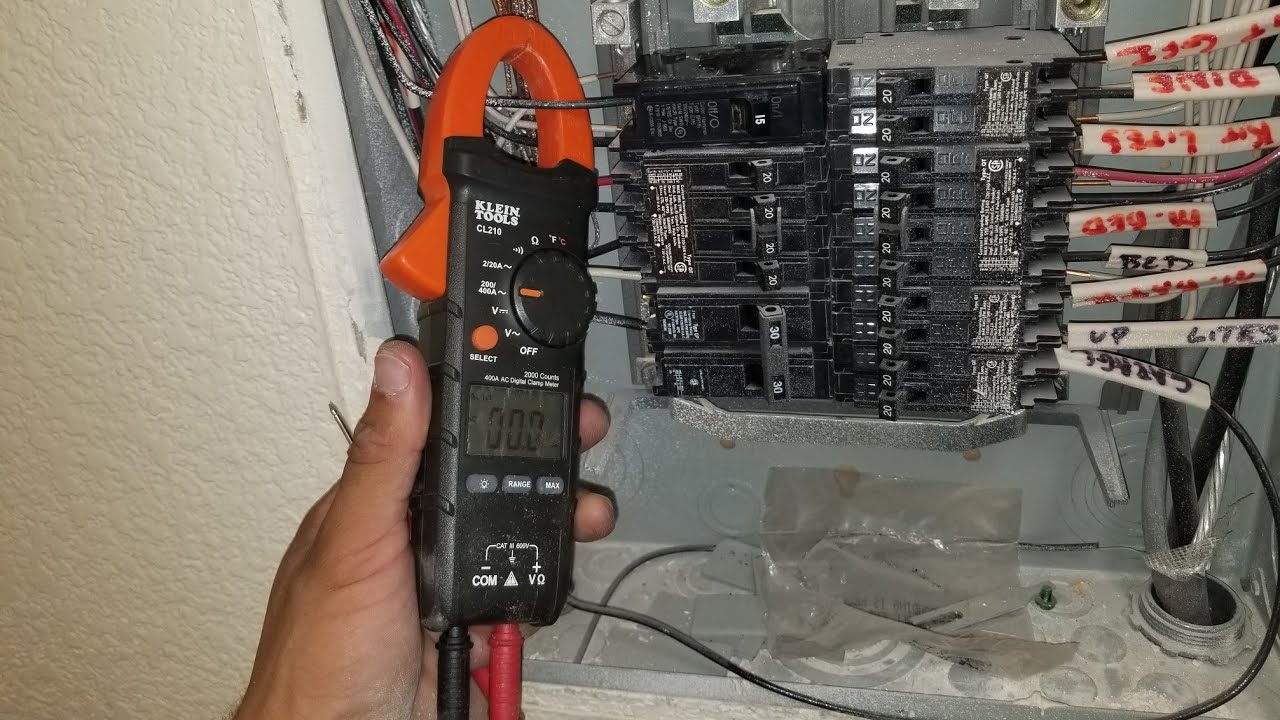
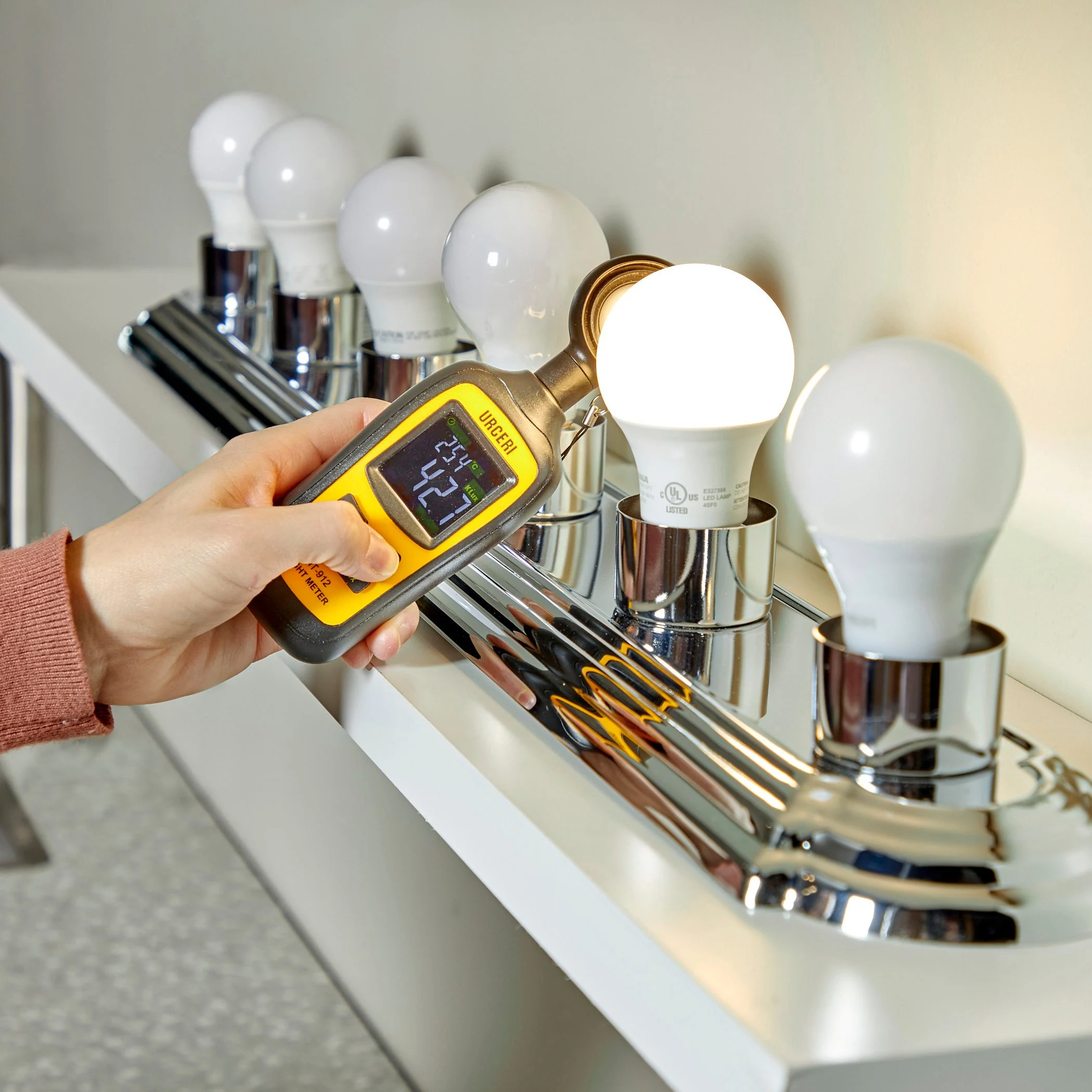

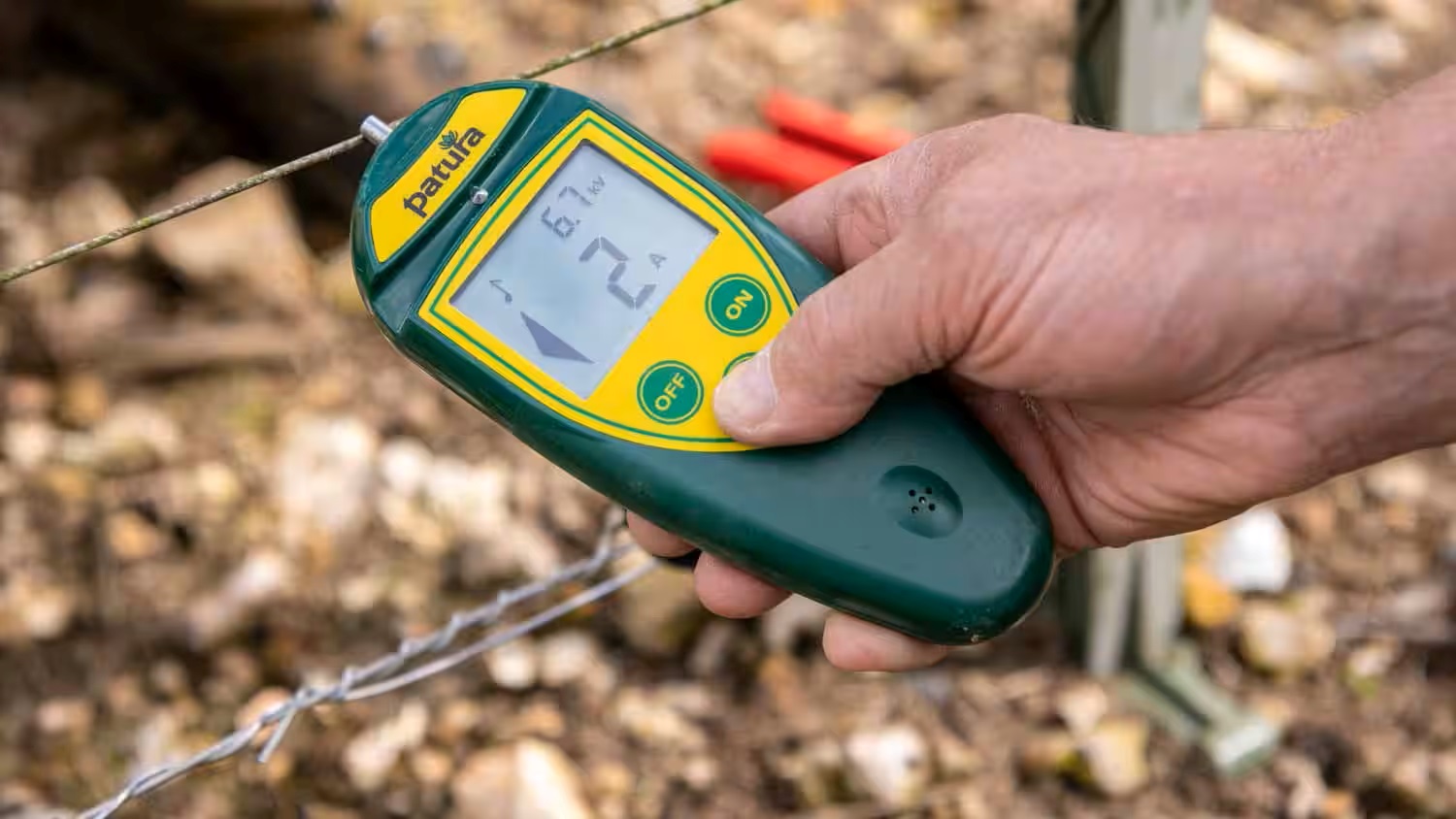
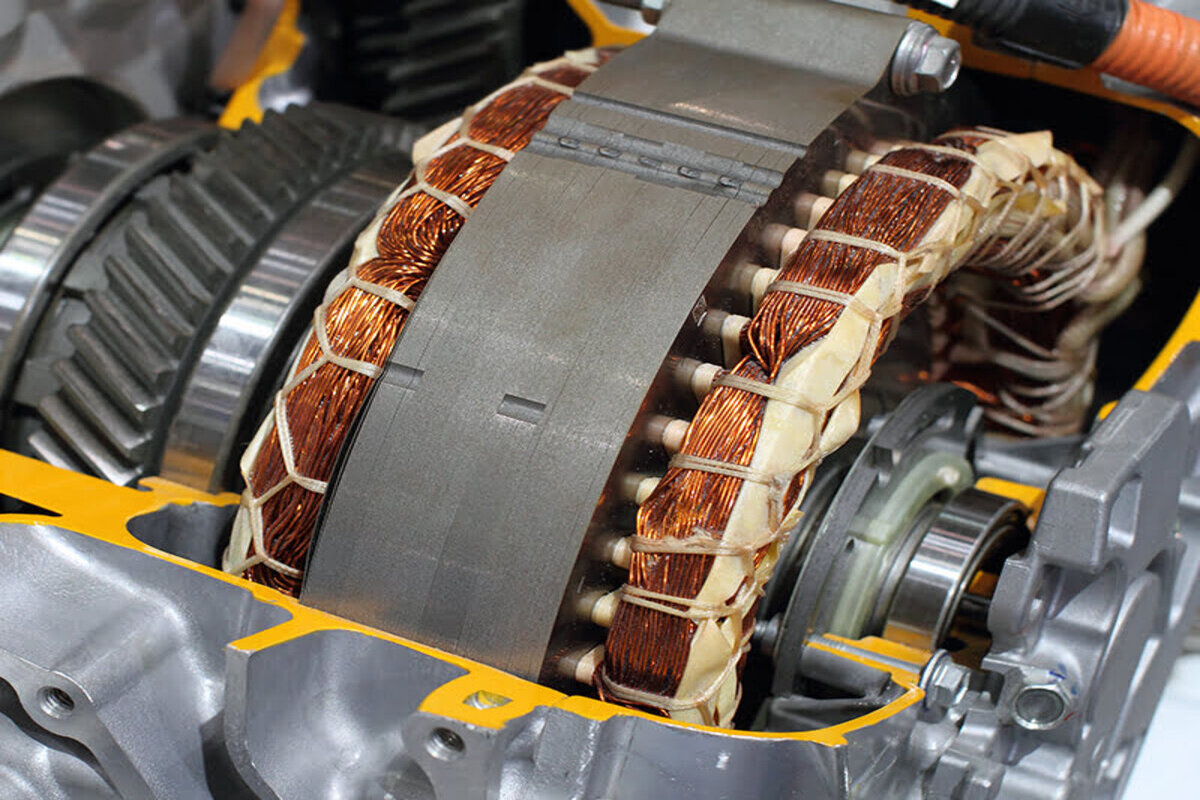
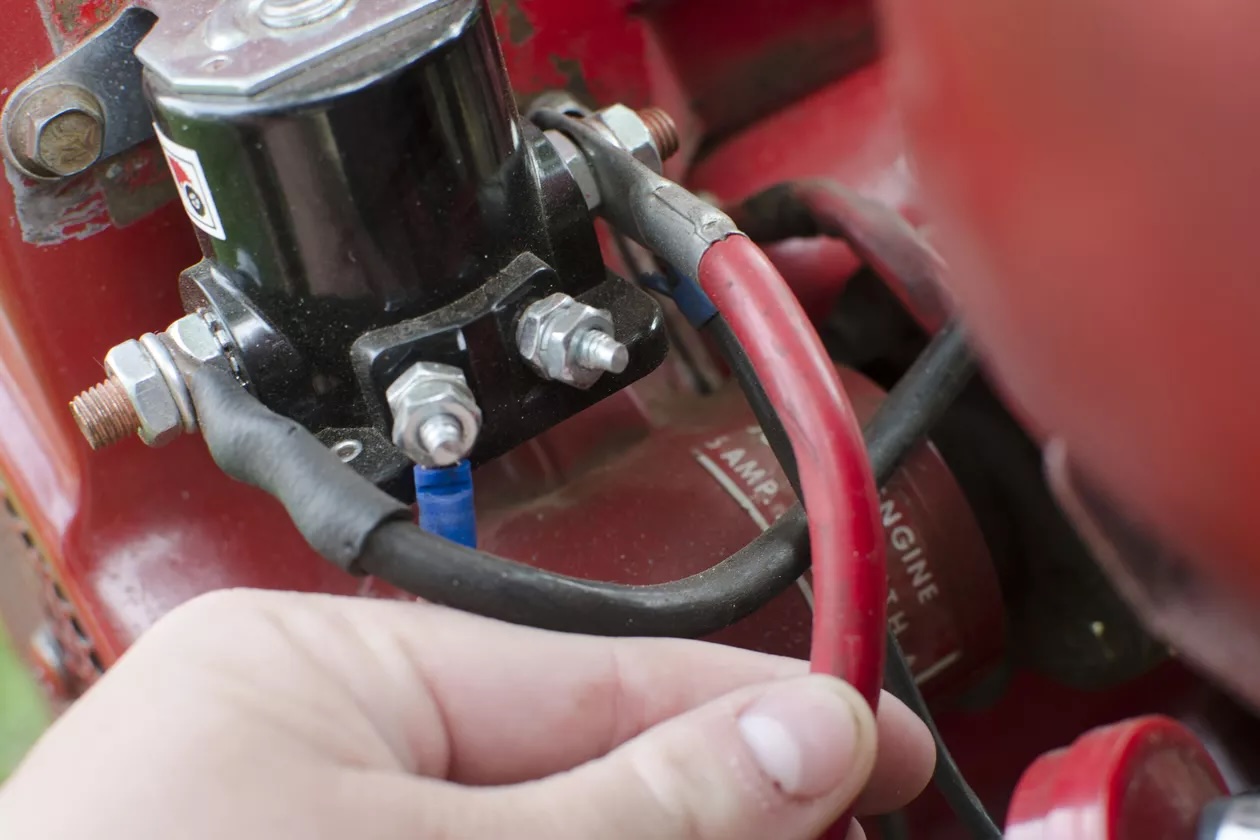

0 thoughts on “How To Test A Transformer HVAC”